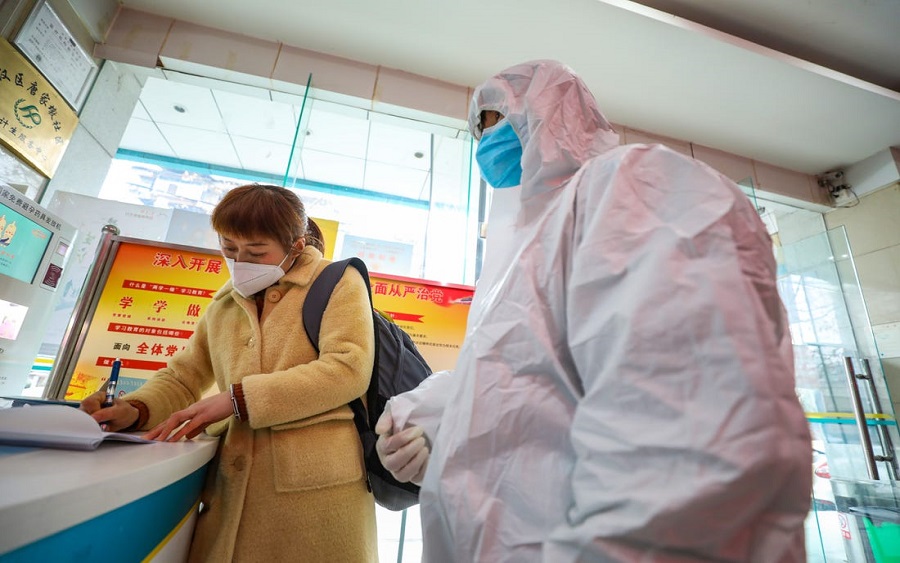There have higher spikes in the new cases of COVID-19 infections in Europe but recently the US has also joined the league. Experts agree that the lowering of guard due to the reducing number of cases from the first wave and also change in weather conditions have largely contributed to the recent spike in cases.
The big question to ask is why are the figures on the northward swing rather than going down with several preventive measures or protocols put in place by the countries – wearing of masks, observance of social distancing in public places, and strict hygiene practices, etc.
In Europe, there has been an unprecedented rise in confirmed cases, fueling the fear that the second wave of the pandemic is already on the horizon, which could be worse than the first.
The US was almost coming out of the pandemic infections and easing the lockdowns is already in the midst of a second wave, as its daily new cases have even surpassed the daily benchmark.
No doubt there could be several other reasons for the new tide in the infections in Europe and the US; Experts’ opinions are that the lowering of guards/protocol standards and the drop in temperature are highly contributory to the upsurge in the new cases of the infections.
It is alleged that the cold, dry weather is capable of helping the virus survive longer and remain potent, though the evidence is still inconclusive.
What they are saying
According to Shahid Jameel, Director, Trivedi School of Biosciences at Ashoka University, “Europe does seem to have got a bit relaxed in June and July, once the numbers began to come down. People started traveling extensively, even for leisure. And this has contributed to the surge that we are seeing now. This is what we need to learn about this disease, and need to guard against. The virus has not gone anywhere, even when the numbers decline.”
Gagandeep Kang, professor at Christian Medical College, Vellore, also affirmed, “We are coming out of a time when most of Europe was on a holiday and had started traveling… within Europe, but still, traveling.
“In the United States, school holidays ended around the end of August, and colleges started to function. We are two months from all those events, and for the virus to multiply, it takes a bit of time – there is a lag.
“So, this surge is not entirely unexpected. What is a bit surprising is that one would have expected these populations, which are considered to be generally more aware, to have done a better job at doing the non-pharmaceutical interventions to control the epidemic, but that clearly does not seem to have happened.”
In his opinion about the change of weather in raising the numbers, Shahid Jameel said, “As the temperatures go down, more and more people remain indoors. The transmission of the virus becomes much more effective in these settings.
“So, while the virus was always present, the effectiveness of transmission is likely to have increased when people interact mostly in closed spaces. There are studies that have shown that the probability of infection increases during interactions in closed spaces.”
According to Kang, “It is not as if people are isolated at home. As is usual during this time, the activities shift indoors in winters. In places which are small and the ventilation is not good, the chances of the virus sticking around and infecting people is much more.”
What this means
- The second wave of the pandemic is imminent as a lot of people are much more relaxed with the preventive protocols as if the ravaging first wave of infections never happened.
- It is therefore instructive that every country sees what is currently happening in Europe and the US and brace up to the impending challenge, by consciously developing internal capacities and capabilities towards handling the pandemic should it arise.




















